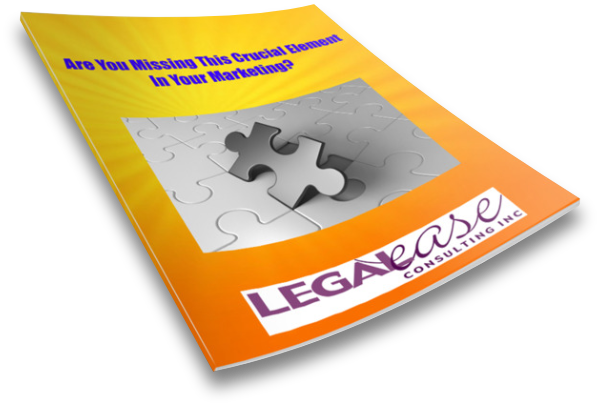
Have you noticed some changes lately in how LinkedIn is treating your posts, or in how much engagement your posts are receiving?
If you’ve noticed these changes, you are not alone. LinkedIn recently made some significant changes in its algorithm that may be affecting the reach of your posts.
Why Did LinkedIn Change Their Algorithm?
LinkedIn is always trying to improve the algorithm to serve users content that is useful and informative for them. And some users will always try to “game” the system, which requires LinkedIn to keep making changes to try to stay ahead of that kind of behavior.
One of the ways that people have tried to “game” LinkedIn’s system is by re-posting viral content from other platforms that wasn’t related to anything on their LinkedIn profile. It worked for a while because that kind of content got a lot of engagement, but the engagement wasn’t necessarily providing a lot of value.
Another way of trying to game the system was by tagging a lot of people in your LinkedIn posts to get them to view your posts. Or creating “pods” or groups of people who would agree to engage with or comment on each other’s work, even if it wasn’t relevant to them.
As a result, LinkedIn has made some changes to prioritize content that it considers to offer advice and guidance. If you post content that doesn’t seem to relate to what you do, or offer non-substantive comments, such as “thanks for sharing,” your LinkedIn activity may see more limited reach. If you tag people in your posts and they don’t engage with your posts, you may also see some penalty.
My advice, as always, is to ensure that your posts and your comments provide value. Provide advice and guidance to your target audience. If you’re going to comment on someone else’s post, make that comment substantive. When reposting, take the time to add your comments or insight, or your thoughts on what that other person posted. And if you’re planning to tag someone else, make sure that your post is directly relevant to that person and that they might have something to contribute to the conversation.
You can get more tips like this on my LinkedIn tips YouTube playlist, or pick up a copy of Make LinkedIn Work for You on Amazon.
You can also check out these posts on LinkedIn:
- Where to Find Images for Your Marketing
- What Does It Mean To Be Yourself And Add Value On Social Media?
- Should You Use AI to Post on Social Media?
- Notify Employees of LinkedIn Posts
- Saving LinkedIn Posts
- Taking Control of Your LinkedIn Feed Part III
- Taking Control of Your LinkedIn Feed Part II
- Taking Control of Your LinkedIn Feed
- 5 Ways to Take LinkedIn to the Next Level
- Why Create a Poll on LinkedIn?




